THE FOUR “HIGH DOLLAR” SPECIES OF AQUARIUM FISH: AROWANA, KOI, DISCUS, AND FRESHWATER STINGRAYS
There is something magical about the discus fish. The discus is extremely colorful and attractive, robust if take care of properly, can be successfully bred in a small tank (20 gallons), and most importantly — this is the single aquarium species universally in high demand. Of the four “valuable” species of aquarium fish: arowana, koi, discus, and freshwater stingrays, the discus is unique in that it is specially optimized for space, resource cost, and profits. This article will go into detail as to why this is the case, and how you can start your own passive income-generating small business by successfully breeding this incredible fish.
Due to the prohibitive costs involved with maintaining saltwater aquariums, along with difficulty of breeding, there exists no consistently profitable saltwater fish species for hobbyists.
Freshwater red arowana priced at $100,000 USD. Massive ponds and dedicated facilities are required for breeding.
Koi are also extremely popular, with some specimens fetch up to several million dollars. However, extremely large tanks and ponds are required for breeding.
Freshwater stingrays are popular in niche markets, but in recent years, have become over-produced.
A quick search on the internet will yield that even small discus (2.0″ – 2.5″) will sell for no less than $50 online. Retail stores such PetCo and PetsMart will occasionally sell discus as well, but command even higher prices. The reason discus are expensive is due to supply and demand. Physically, they are extremely attractive with their round shape and unique vertically-swimming posture. In fact, they are the only freshwater fish in the world with this physiology. Supply will always be lower than demand because discus are not easy for beginners to breed.
Historically, since the beginning of introducing discus into the hobby, breeders have sought to produce different colors and variations. What is fascinating is that no two combinations of pairs will yield the same offspring. This means that even an amateur breeder may pair unique strain combinations that may result in fish that are completely new in pattern and design. The more attractive the patterns and designs of the fish, the higher the fry will sell for.
In order to breed discus, all that is required is a breeding pair, and a 20-gallon tank. It sounds simple, doesn’t it? However, take into consideration that freshwater stingrays, arowana, and koi all require far greater tank space (sometimes, ponds the size of swimming pools are required), and this unique characteristic of discus doesn’t seem so trivial. There are many articles on the DiscusFish.com learning center that will guide you through obtaining a breeding pair, and actually breeding discus. This article will focus on the business aspect of selling discus profitably.
An Albino Blue Panda female tending to her fry.
If water conditions are maintained properly, a discus breeding pair will continue to spawn. Once each batch of fry is large enough to be separated from the parents, they should be housed in a separate “grow out” tank. Once the fry reach a size of 2.0″ – 2.5″, they are sellable. Since average spawns will typically yield a few dozen fish, a successful breeding pair will yield a few thousand dollars in sales every few months — this is why true proven breeding pairs are so expensive. A hobbyist with a few breeding pairs can easily earn up to $10,000 every two months breeding discus. In fact, this is how discus legend Jack Wattley started his discus breeding career!
A typical breeding setup containing multiple breeding pairs.
HOW CAN MY DISCUS OFFSPRING BE SOLD?
There are many websites available to sell discus. Ebay, Aquabid, and Craigslist are all avenues successful breeders have used in the past to sell offspring. Once an established clientele base has been formed, repeat business can be expected, as breeders and hobbyists are constantly looking for new variations and bloodlines. Although this route can be much more technically involved, an additional avenue for attracting business can be done through setting up an independent website with payment processing capabilities.
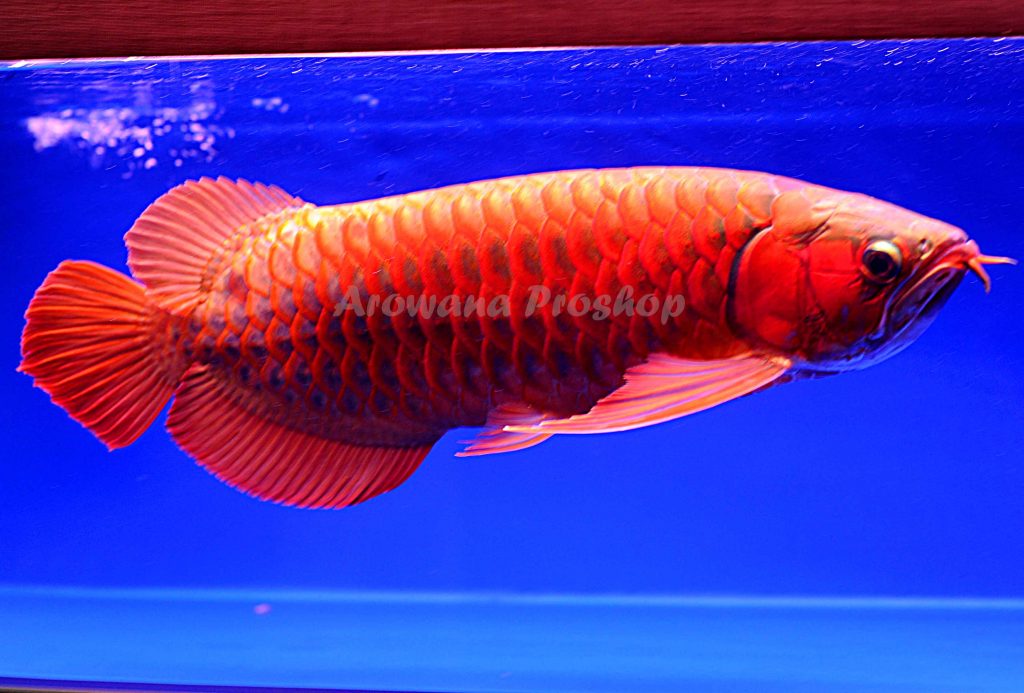

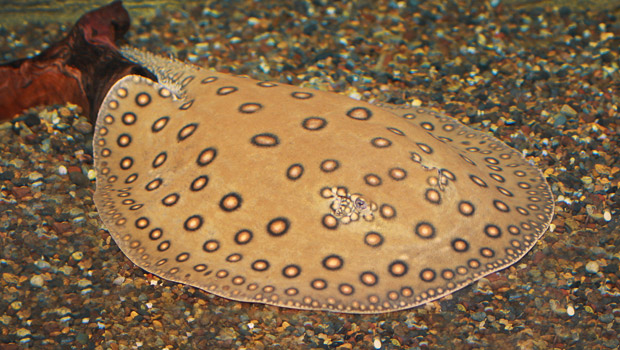

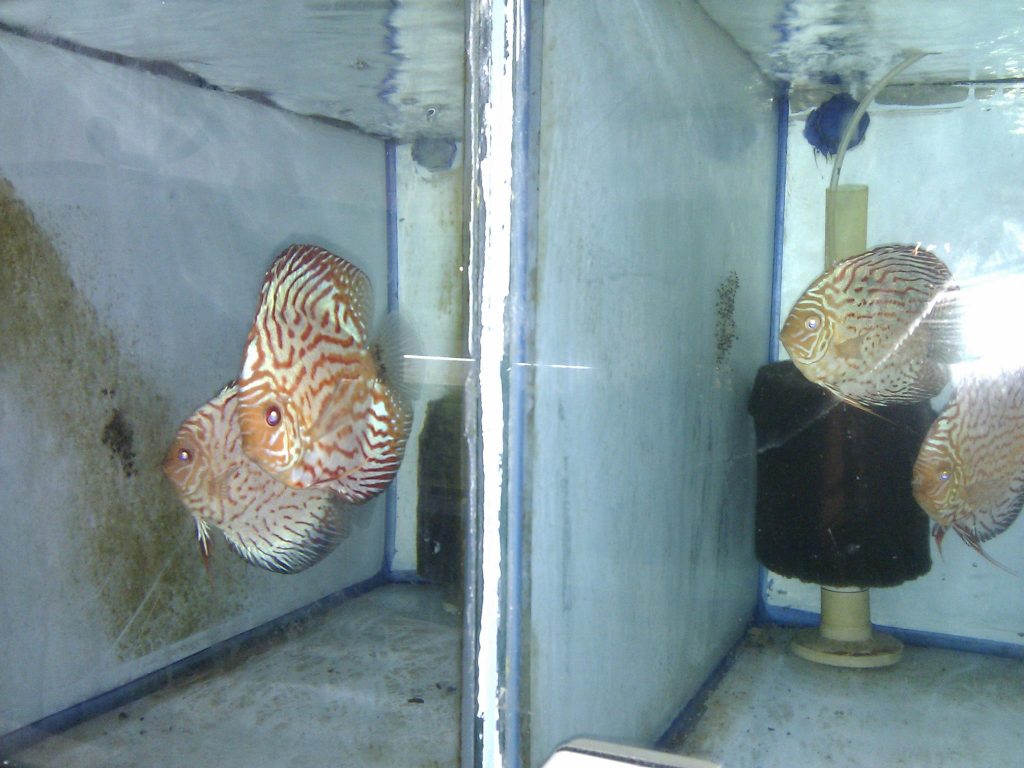
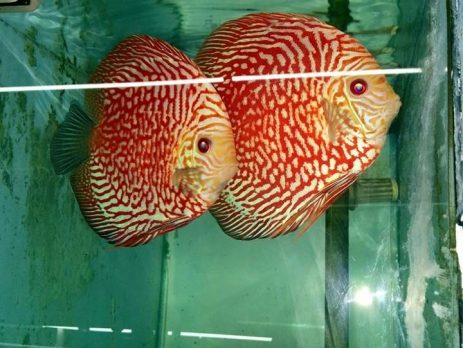





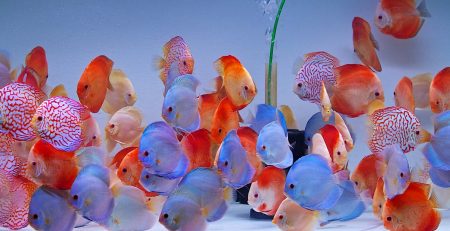
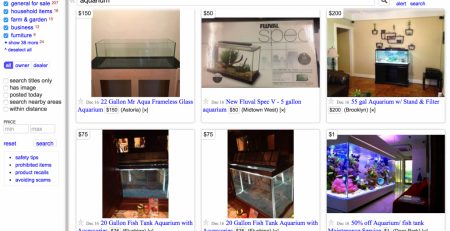
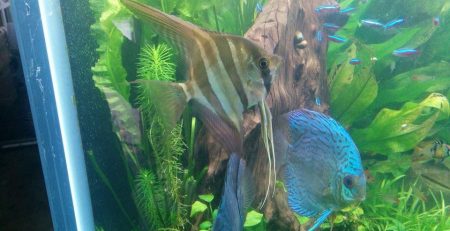
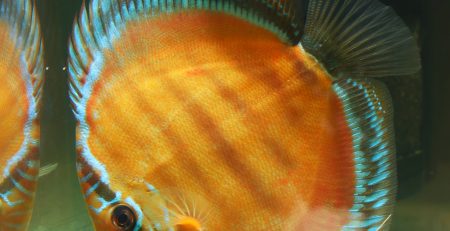
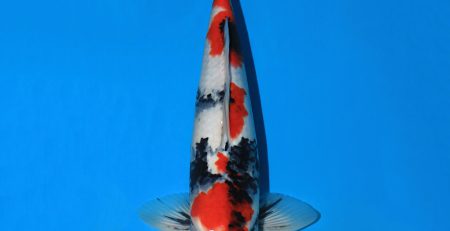
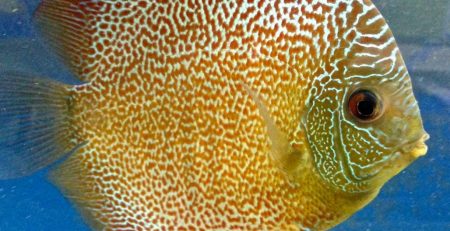
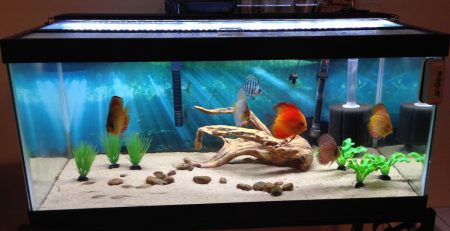
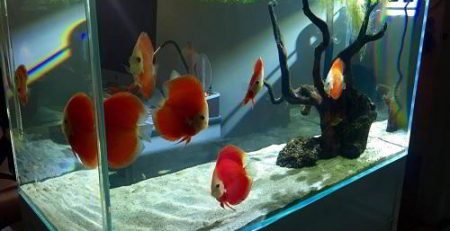
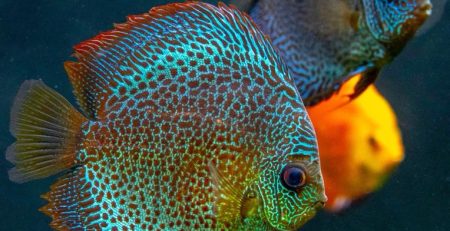

Leave a Reply
You must be logged in to post a comment.